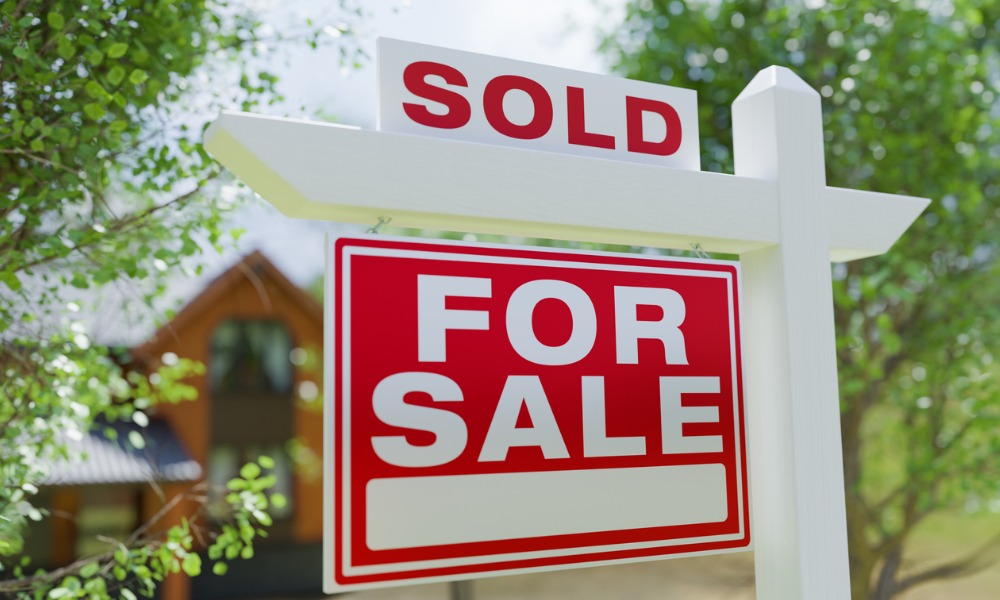House prices inch closer to pre-pandemic levels as demand weakens and inventory rises

House price appreciation in the US has slowed for the eighth straight month, nearing the pre-pandemic historical average, according to First American’s latest Home Price Index (HPI) report.
Nationally, house prices are now 54.5% higher than they were before the pandemic, but the rate of growth continues to decelerate.
“Housing demand remains strained under the pressure of elevated mortgage rates and high prices, while for-sale inventory has increased compared to last year,” said Mark Fleming, chief economist at First American.“Sluggish demand combined with increasing supply is a recipe for cooling home price appreciation.”
The slowdown in price growth, as reported in First American’s HPI for June 2024 to July 2024, was even more significant than initially estimated. The monthly appreciation rate was revised down from 0.3% to just 0.1%.
Looking ahead, one key question is whether falling mortgage rates will attract more buyers back into the market. The Federal Reserve is widely expected to cut interest rates, potentially easing some of the pressure on homebuyers.
However, Fleming noted that many potential buyers are also sellers who are locked into their existing low-rate mortgages, making them reluctant to move even if mortgage rates decrease slightly.
“Most buyers are also sellers, and they will remain significantly rate locked-in by their current low-rate mortgages, so modestly lower rates may not spur significant numbers of buyers into the market,” he explained.
While affordability remains a major obstacle, especially for first-time buyers who don’t have the equity of an existing home, demand for starter homes has stayed relatively strong. First American’s report found that annual price growth in the starter home segment remained positive in 25 of the top 30 markets tracked in August.
Read next: Existing home sales fall, disappointing economists awaiting rebound
“Potential first-time home buyers suffer the most from affordability challenges, as they lack the equity from an existing home to bring to the closing table,” Fleming said. “Yet, first-time home buyer demand appears to be resilient, since annual price growth in the starter home price tier remained positive in 25 of the top 30 markets we track in August.
“Notably, many of the top markets for growth in starter home prices are those that are relatively more affordable, such as Pittsburgh, Baltimore and St. Louis.”
The HPI report segments home prices into three tiers based on local market data: the starter tier (bottom third of the market), the mid-tier (middle third), and the luxury tier (top third). While overall price appreciation has slowed, first-time buyers are still driving demand in many lower-cost housing markets.
Stay updated with the freshest mortgage news. Get exclusive interviews, breaking news, and industry events in your inbox, and always be the first to know by subscribing to our FREE daily newsletter.



